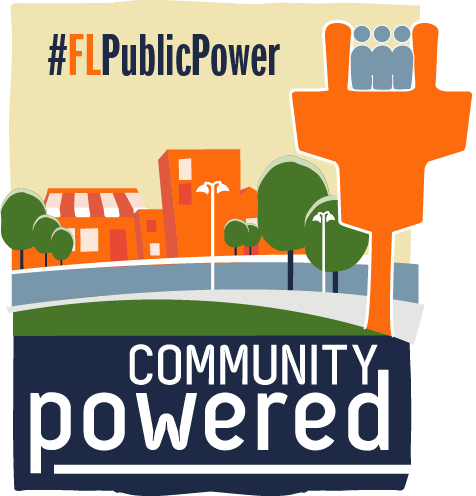OUC to Consider New Technologies Under Resource Plan
he board of the Orlando Utilities Commission on Dec. 11 approved the creation of an Electric Integrated Resource Plan that calls for a review of the utility’s generation needs in light of the growing penetration of distributed energy resources, such as solar power, and a call to move to 100% renewable generation by 2050.
The resource plan is expected to determine the future of two coal-fired units with more than 900 megawatts of capacity at OUC’s Stanton plant in Orlando.
Stanton Energy Center is the most fuel diverse site in the state, OUC spokesman Tim Trudell said. In addition to the coal units, it has two natural gas-fired units with more than 900 MW, 19 MW of solar generation, and methane gas piped in from a nearby landfill to offset the use of coal.
In August 2017, the Orlando City Council voted unanimously to set a target to have all the energy it uses for its operations come from renewable resources by 2030. The target aims to put the city in accord with the Paris Climate Agreement by reducing its air pollution and greenhouse gas emissions 90% compared with 2007 levels by 2040.
In May 2017, Orlando Mayor Buddy Dyer announced his support for a 100% clean energy target by 2050.
When setting the renewable target, the city said it has a strong partnership with OUC to advance solar and clean energy and cited the announcement earlier this year of 108.5 MW of additional solar which will be added by 2020.
OUC said its Electric Integrated Resource Plan will evaluate the future of the utility’s current generation fleet and consider new generation technologies and approaches, including demand response, renewables, electrification, and energy storage. The evaluation will also include scenario planning and sensitivity analyses and will involve feedback from customers and stakeholders.
The resource plan, the first the utility has undertaken in several years, will look 20 years into the future and is expected to be completed in 18 months.
A presentation OUC prepared about the resource plan called it “a roadmap for OUC’s electric future that balances reliability, economic feasibility, resource innovation, and environmental sustainability with the long-term needs, interests, and values of our customers and community.”
In the presentation, OUC said its Electric Integrated Resource Plan will differ from the traditional planning process of the past that focused on supply side and demand side options. OUC said its new, or “enhanced integrated approach,” to resource planning is designed to account for the rise of flexible resources, such as energy storage devices and distributed solar power, that can act as both generation and load.
In approving the resource plan, OUC’s board also approved purchase orders for two vendors. Siemens Industry is slated to be paid $800,000 to provide consulting services for the Electric Integrated Resource Plan, and Essense Partners is to be paid $226,000 to provide stakeholder engagement services.
Reposted with permission from Public Power Daily
 Enter your email address in the
Enter your email address in the 